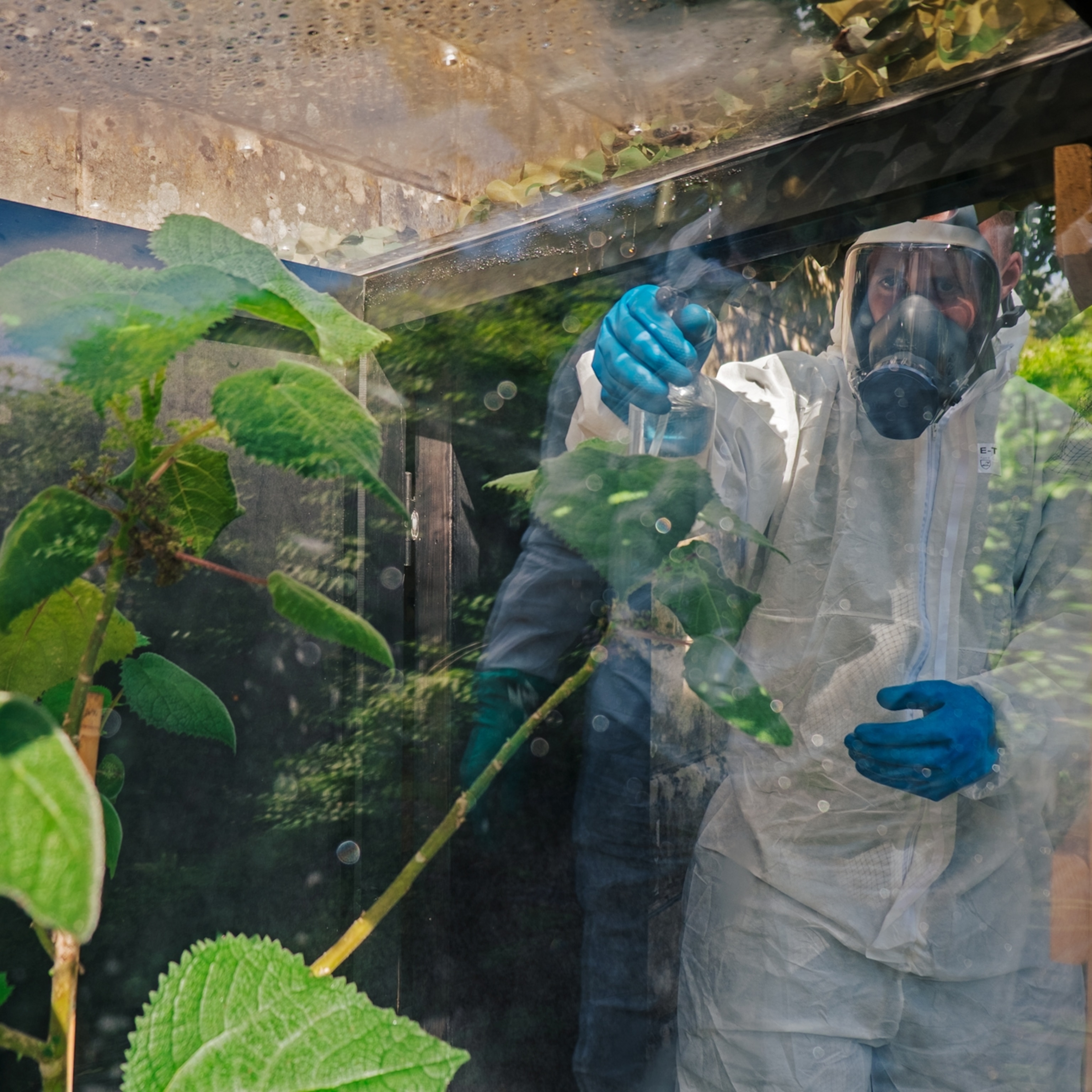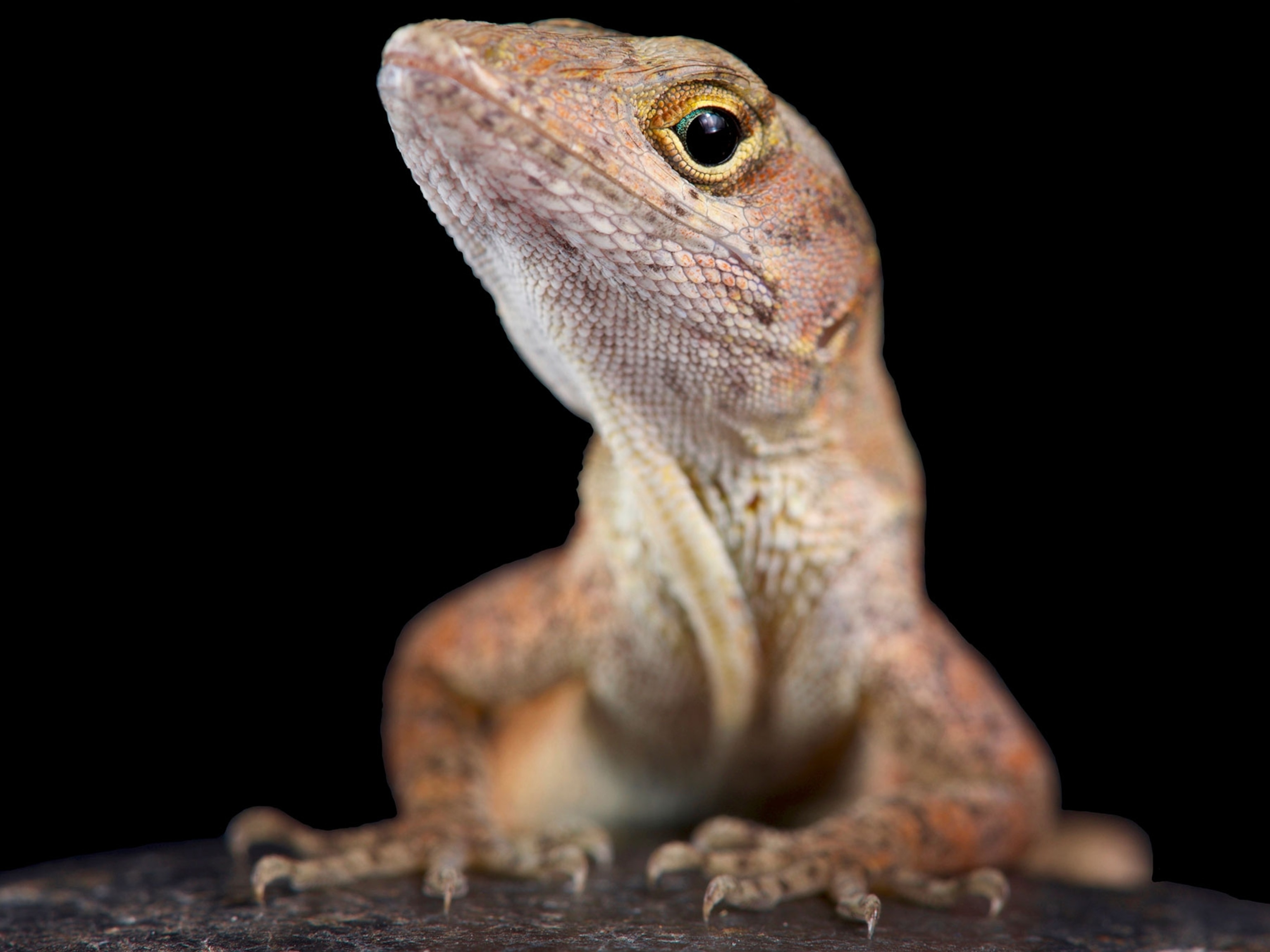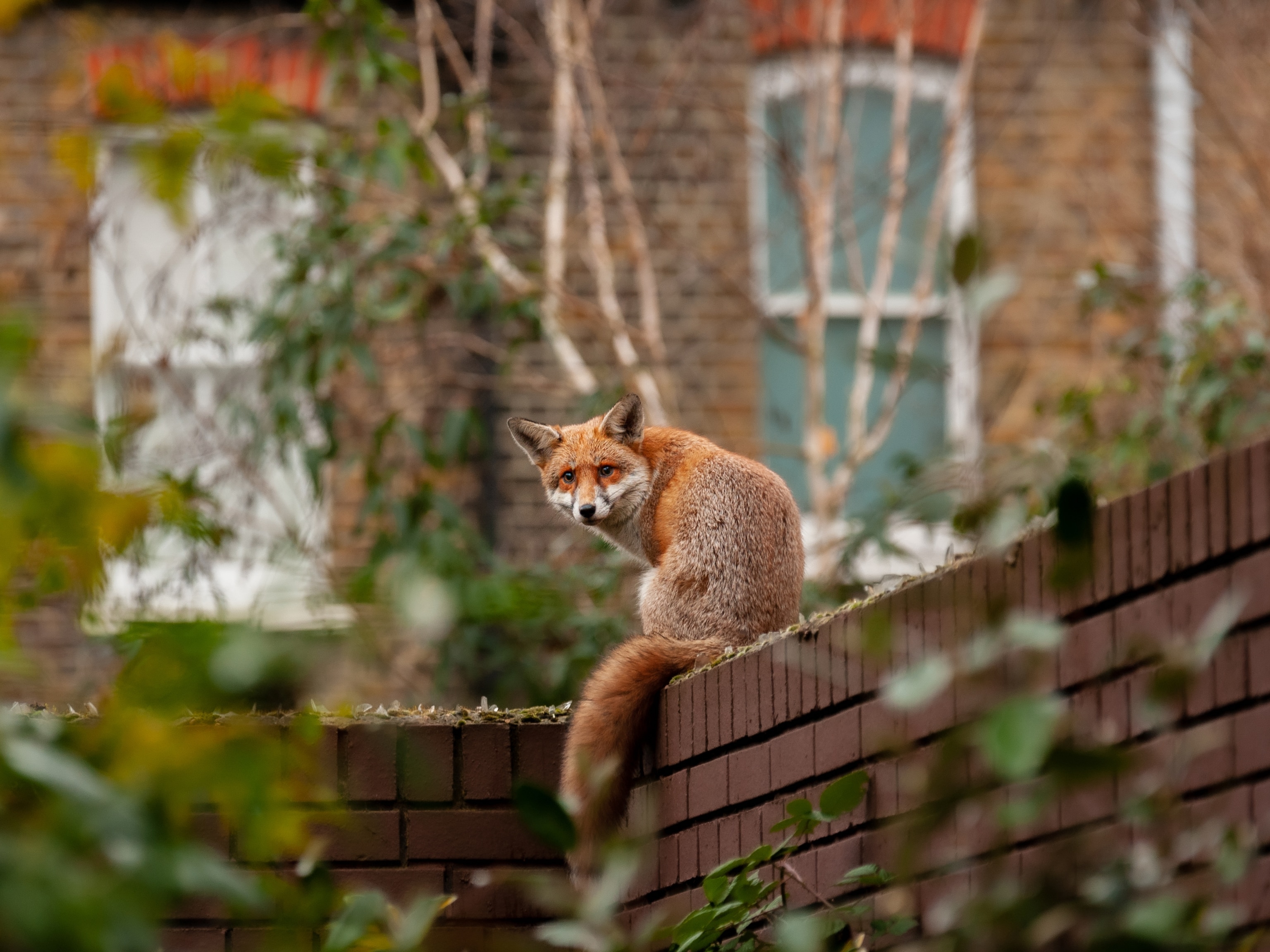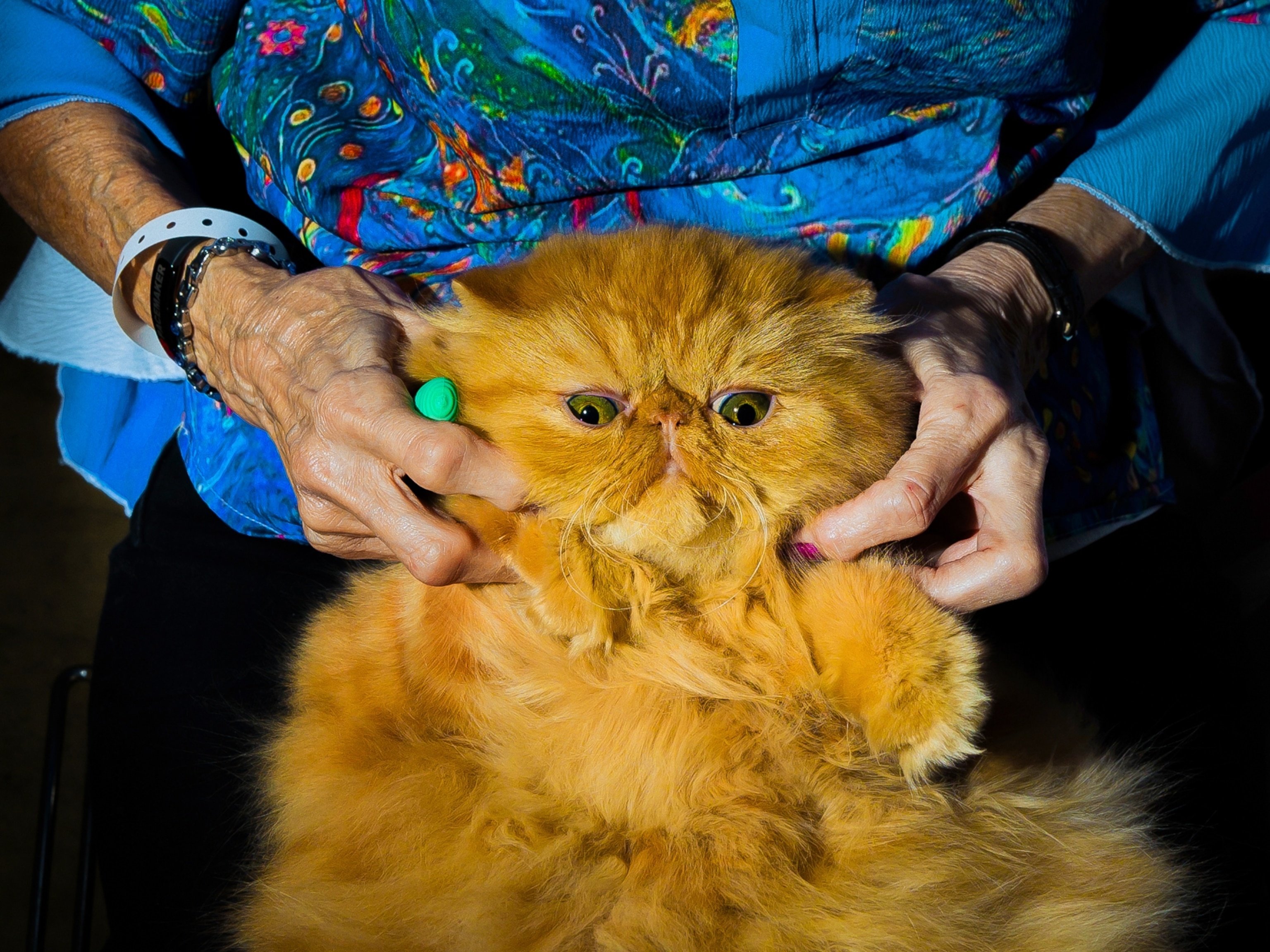
Outrage Follows Mysterious Mass Bunny Murder
As volunteers close in on a solution for a community of abandoned pet rabbits, dozens of them were found poisoned in a park.
Dozens of bunnies were found posioned outside a children's psychiatric facilty in Las Vegas on Sunday.
Several years ago, staff at Desert Willow Treatment Center, a state-run treatment center for youth, decided to release a pair of pet rabbits on the grounds, thinking they’d be therapeutic for the young patients. The rabbits bred, and their babies bred, and people started adding unwanted pets to the mix. Now, between 800 and 1,000 domestic rabbits roam the grounds. A dedicated group of volunteers feeds and cares for them—and rescues as many as possible. They’ve been building a sanctuary large enough to house hundreds of rabbits, and have nearly raised enough money to finish the project.
On Sunday, when volunteers showed up to bring water to the rabbits, they found carnage. Over 30 rabbits lay dead all over the grounds. With the rabbits showing no sign of injury, the volunteers suspect that they were poisoned. Stacey Taylor, who runs the Las Vegas-based rescue group Bunnies Matter, filmed the scene with shaking hands and put the video online. Voice quivering, Taylor pans across the ground and relays the situation: “We are finding and collecting the dead bodies of our friends.”
Volunteers frantically scooped up as many live rabbits as they could—58 in total—and loaded them into carriers. Over a hundred still remain on the grounds, and it’s unclear what happened to the rest.
After the rescue, late Sunday night, a volunteer who stayed at the dumping site to keep watch for any would-be poisoners saw a car drive up and dump out a pile of lettuce before quickly driving away. The rabbits started eating it, and the volunteer quickly discovered that it was coated in antifreeze—a lethal toxin.
Days before the poisonings, Nevada state officials posted signs around the property warning that the rabbit population posed a public health risk. Some in the rabbit rescue community worry the state may have poisoned the rabbits. Karla Delgado, a public information officer at the Nevada Department of Health and Human Services, says the state had nothing to do with the poisonings. Her department only found out about them through social media, she says.
Delgado says that because lots of vulnerable populations such as young children and the elderly come in contact with the property, the signs were issued as a warning that the grounds might be vectors of disease. The posters specifically warned about salmonella, rabies, and tularemia. According to the U.S. Center for Disease Control, Nevada hasn’t had any reported cases of tularemia, a bacterial disease, since 2009. Tina Drouin, who runs the local rescue group Vegas Bunny Rescue, says that out of the hundreds of rescued rabbits that their veterinarian has treated, she’s never detected a single instance of disease.
Delgado says the state planned to work with animal control to humanely trap the rabbits and relocate them. The Department of Health and Human Services has launched an investigation into the poisonings, she said. The agency says it aims to work with rabbit rescue groups to find a solution. Drouin is skeptical of the efforts, noting that last week’s posting stated that “providing food and water to the feral rabbits must cease immediately.”
“Essentially, they wanted these rabbits to starve,” she says.

UNWANTED PET RABBITS
Rabbits are the third-most abandoned pet in the United States, after cats and dogs. The misconception that they’re an easy-care pet often leads to impulse purchases. (Read: Here’s Why Easter Is Bad For Bunnies). In fact, healthy domestic rabbits can live for up to twelve years, and need special care. Because insurance companies and veterinarians classify rabbits as exotic pets, spaying and neutering can cost up to $250. “It’s really hard to be a bunny owner in Las Vegas,” says Drouin, noting that there are only two or three vets that care for exotic pets, and that it can often take two months to get an appointment.
It’s part of the reason she believes people have dumped their pet rabbits in abandoned lots. People often don’t realize that domestic rabbits cannot survive outdoors like their wild cousins. Life at the Las Vegas dumping grounds was already harrowing for the domestic rabbits even before the poisoning. “We’d find pieces of bunnies’ legs and tails, and bunnies that have been mangled,” says Drouin. “Coyotes attacked them at night, and hawks during the day. We saw a guy bring his pet hawk on a leash once, and was allowing it to feed.”
HOPE FOR THE VEGAS BUNNIES
Drouin says only about 120 rabbits have been spotted at the dumpsite since the poisonings. It’s unclear if dozens were carted away, either by the poisoners, or by good samaritans. The city has rallied over the past couple of days, she says, and families have come by the dumpsite looking to help. “We’ve seen dozens of people with cages and pens and food trying to catch a bunny.”
Dozens of rabbit rescue groups across the U.S. have stepped in as well. A group of volunteers is set to make a pilgrimage across the country on Thursday, transporting over 100 rabbits to various rescue groups. Once that happens, it’ll free up space to rescue the bunnies that remain, and risk being poisoned. For now, the groups are relying on donated supplies and good samaritans who are willing to foster or adopt a rescued rabbit.








